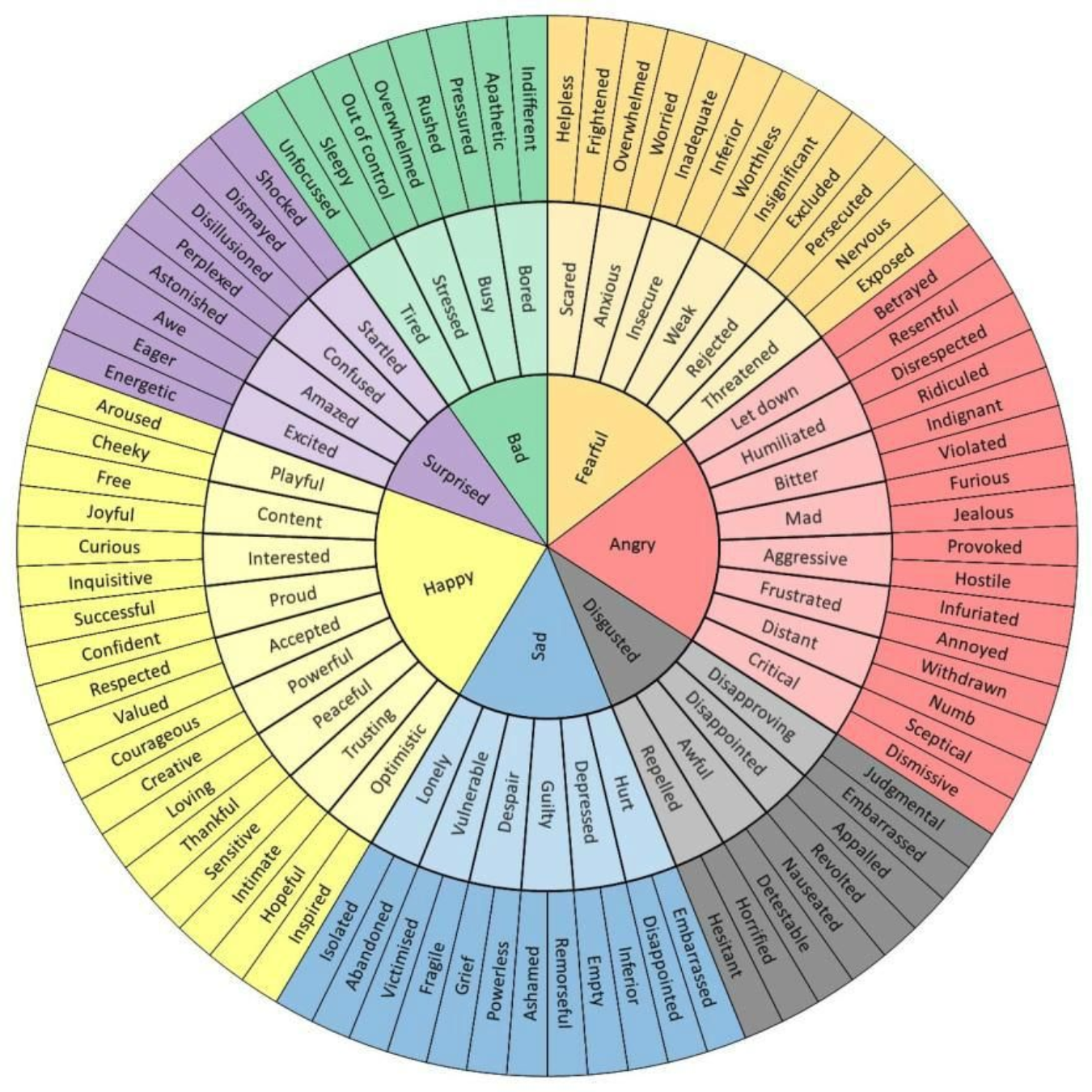How Are You Feeling… really?
We ask it all the time—How are you?
And most of the time, we answer without thinking.
"Good."
"Fine."
"Tired, but okay."
But what if we paused long enough to ask ourselves: How am I really feeling?
Would you know how to answer?
For a lot of us, naming emotions doesn’t come naturally. We know when something feels “off,” or “heavy,” or “just a lot”—but putting a name to that feeling? It’s not always easy.
In fact, research shows that most people can only identify three emotions: bad, sad, and glad.
That’s it.
And while that might seem surprising, it also makes sense. Most of us weren’t taught the language of emotions growing up. And without that language, it’s hard to navigate what we’re feeling—let alone move through it.
Why Naming Emotions Matters
When we can accurately name what we’re feeling, we give our brains something to work with.
Labeling emotions isn’t just a “nice thing to do”—it’s a powerful regulation tool. It helps us:
Understand what’s going on inside us
Make decisions with more clarity
Feel more in control when emotions feel big
Strengthen emotional intelligence
Communicate better with the people we care about
It’s like putting a pin on a map. Once you know where you are, you can figure out where to go next.
So… How Do You Start?
Here are some small, intentional ways to get better at naming how you’re really feeling:
1. Use a feelings wheel
You can’t name what you don’t have words for. Tools like a feelings wheel or emotions chart can help expand your emotional vocabulary and give you more precise language. (see below)
2. Slow down and tune in
Mindfulness—aka paying attention on purpose—can help you notice emotions as they show up in real time, rather than pushing them away.
3. Accept the emotion without judgment
You don’t have to like how you’re feeling, but you can practice accepting it. Name it gently, without rushing to fix or avoid it.
4. Ask what’s underneath
Sometimes the emotion we name first isn’t the full story. Are you angry—or are you hurt? Are you anxious—or are you feeling out of control? Get curious.
5. Notice the body
Emotions often show up physically—tight chest, heavy eyes, buzzing thoughts. Noticing where you feel it can help point you toward what it is.
6. Write it down
Journaling or even just jotting down a few words in your phone can help you track patterns and build emotional awareness over time.
7. Practice self-soothing
Naming the emotion is one thing—comforting yourself through it is another. What helps you feel safe, grounded, or supported when a feeling shows up?
Final Thoughts
The more we learn to name our emotions, the more we can understand, regulate, and honor them. It’s not about being perfect at emotional language—it’s about getting better at checking in with yourself.
So, if no one’s asked you today:
How are you feeling… really?
It’s okay if the answer is complicated.
Start with a word.
Start with a feeling.
Start with you.


